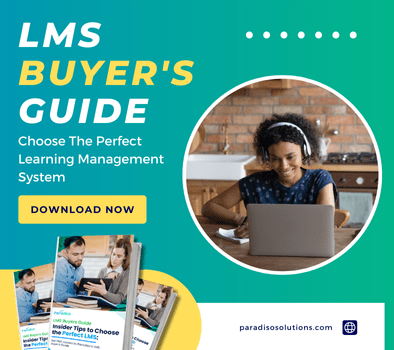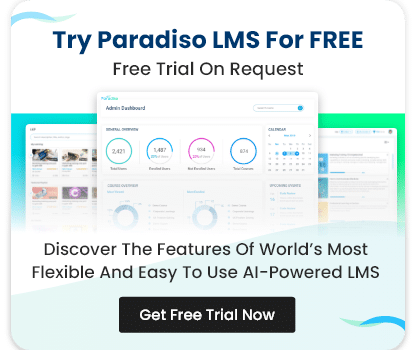In today’s fast-paced and ever-evolving business landscape, the continuous development and education of employees are not just beneficial but essential. A Corporate Learning Management System (LMS) is pivotal in facilitating this growth, providing a structured platform where organizations can create, manage, and deliver educational courses and training programs. This introduction guides you through understanding what a corporate LMS is, why it is crucial for your organization, and how to implement it effectively to harness its full potential.

We have
something for you!
Are you still figuring out which LMS is the best? Grab the chance to explore the LMS Buyer's Guide and get started.















